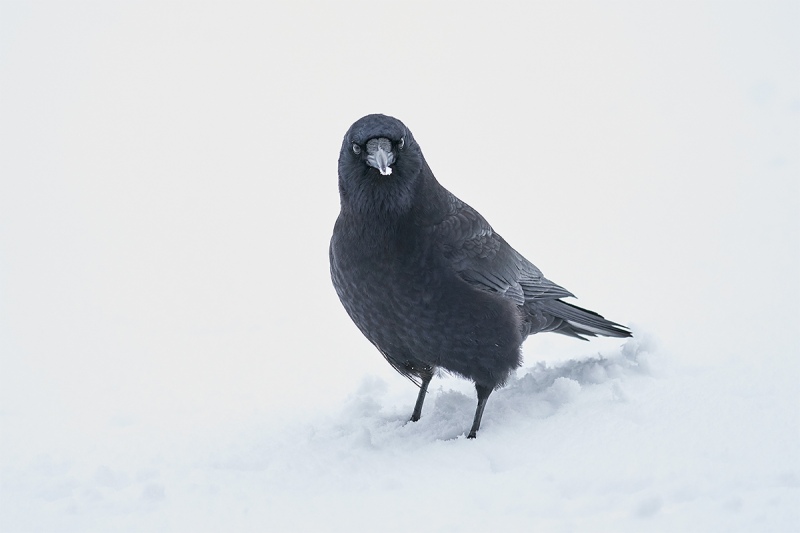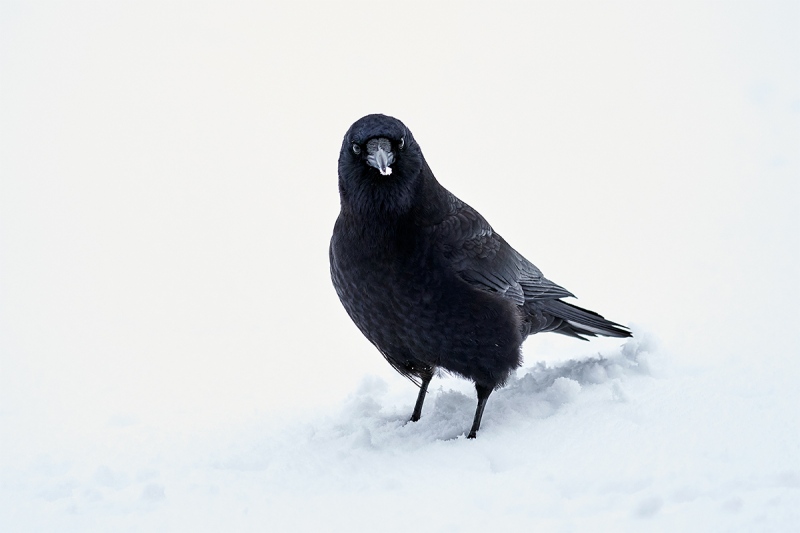What’s Up?
DAY 1 on the spoonbill boat was fair at best. In the morning, we had a very few good chances despite perfect conditions — lovely early light, low tide, and an east wind. In the afternoon we enjoyed the wind shift to the southwest, lots of flying Brown Pelicans (many carrying and landing with nesting material), and some pretty neat White Ibis blastoffs. We head back out this morning, Friday 20 MAR 2020.
BIRDS AS ART
BIRDS AS ART is registered in the U.S. Patent and Trademark Office.
Money Saving Reminder
If you need a hot photo item that is out of stock at B&H, would enjoy free overnight shipping, and would like a $50 discount on your first purchase over $1000.00, click here to order and enter the coupon code BIRDSASART at checkout. If you are looking to strike a deal on Canon or Nikon gear (including the big telephotos) or on a multiple item order, contact Steve Elkins via e-mail or on his cell at (479) 381-2592 (Eastern time) and be sure to mention your BIRDSASART coupon code and use it for your online order. Steve has been great at getting folks the hot items that are out of stock at B&H. Those include the SONY a7r IV, the SONY 200-600, the SONY 600mm f/4 GM, and the Nikon 500mm PF. Steve is eager to please.


Gear Questions and Advice
Too many folks attending BAA IPTs and dozens of photographers whom I see in the field and on BPN, are–out of ignorance–using the wrong gear especially when it comes to tripods and more especially, tripod heads… Please know that I am always glad to answer your gear questions via e-mail. Those questions might deal with systems, camera bodies, accessories, and/or lens choices and decisions.
|
|
|
This image was created on 1 MAR 2020, the last day of the 1st Homer IPT. I used the handheld Sony FE 200-600mm f/5.6-6.3 G OSS lens (at 312mm) with the blazingly fast AF King, the Sony Alpha a9 II Mirrorless Digital camera body. ISO 1250. Exposure determined by Zebras with ISO on the rear wheel: 1/500 sec. at f/6.3 in Manual mode. AWB at 2:25pm on a cloudy afternoon. Wide AF-C performed surprisingly well. Click on the image to enjoy a larger version. Image #1: Northwestern Crow on snow, the original version |
Comments are Always Appreciated
In the What Kind of Nut Photographs Crows on a Mega-Epic Bald Eagle Trip? And Getting the Right Exposure for Black Birds on Snow in Soft Light blog post here, Steve left this comment:
Regarding today’s shot of the crow — the snow behind the bird looks like featureless white, and the bird itself is a dark charcoal-gray rather than black. You don’t think it’s a bit overexposed?
First off Steve, thanks for leaving the comment. All are appreciated. Apologies for not responding sooner but I had a plan for today’s blog post feature and needed a bit of time to execute it.
With regards to the snow, snow, in soft light will rarely show any detail. While it is often possible to pull out some detail using NIK Color EFEX Pro Detail Extractor, even fresh soft snow will wind up looking a bit crunchy. In most cases, I want to avoid that. In addition, I love the detail-less, white background studio-look. Call that artistic license if you would.
With regards to the tonality of the crow, it is very possible that in an effort to reveal detail in the darkest feathers I went a bit too far. That said, interpretations may vary widely due to personal tastes and differences in monitor brightness and viewing conditions. The latter includes the level of ambient light that falls on the monitor being used to view the image … Please scroll down to see a much blacker version.
|
|
|
This image was created on 1 MAR 2020, the last day of the 1st Homer IPT. I used the handheld Sony FE 200-600mm f/5.6-6.3 G OSS lens (at 312mm) with the blazingly fast AF King, the Sony Alpha a9 II Mirrorless Digital camera body. ISO 1250. Exposure determined by Zebras with ISO on the rear wheel: 1/500 sec. at f/6.3 in Manual mode. AWB at 2:25pm on a cloudy afternoon. Wide AF-C performed surprisingly well. Click on the image to enjoy a larger version. Image #2: Northwestern Crow on snow, a blacker version |
The Blacker Crow
There are lots of options for making a crow’s feathers darker. I used just a bit of three different methods to come up with Image #2, the blacker version (immediately above). First, working on a separate layer, I pulled the Curve down. The darkened the bird and the snow a bit. Next, again working on a separate layer, I ran Image > Adjust > Auto Color and reduced the opacity to about 15%. This darkened the BLACKs and the MIDTONEs and lightened the snow. The last step was to add a layer of Selective Color, go to the BLACK and the NEUTRAL channels, and add 2-3 points of BLACK.
The breast of the bird in Image #2 looks a bit too BLACK for me with no detail at all. Perhaps the perfect version of this image lies somewhere between the two presented here today.
What Do You Think?
What do you think? Please be so kind as to share your thoughts on the two versions of Northwestern Crow in Snow by leaving a comment.
|
|
The BIRDS AS ART Current Workflow e-Guide (Digital Basics II).You can order your copy from the BAA Online Store here, by sending a Paypal for $40 here, or by calling Jim or Jennifer weekdays at 863-692-0906 with your credit card in hand. |
The BIRDS AS ART Current Workflow e-Guide (Digital Basics II)
All the techniques mentioned above and tons more — along with all of my personalized Keyboard Shortcuts — are covered in detail in the BIRDS AS ART Current Workflow e-Guide (Digital Basics II), an instructional PDF that is sent via e-mail. Learn more and check out the free excerpt in the blog post here. While the new e-Guide reflects my Macbook Pro/Photo Mechanic/DPP 4/Photoshop workflow, folks using a PC and/or BreezeBrowser will also benefit greatly by studying the material on DB II. Note: folks working on a PC and/or those who do not want to miss anything Photoshop may wish to purchase the original Digital Basics along with DB II while saving $15 by clicking here to buy the DB Bundle.
Folks who learn well by following along rather than by reading can check out the complete collection of MP 4 Photoshop Tutorial Videos by clicking here. Note: all of the videos are now priced at an amazingly low $5.00 each.
You can learn how and why I converted all of my Canon digital RAW files in DPP 4 in the DPP 4 RAW Conversion Guide here. More recently, I became proficient at converting my Nikon RAW (NEF) files in Adobe Camera Raw. About two years ago I began converting my Nikon and Sony RAW files in Capture One Pro 12 and continue to do so today.
To purchase Capture One, please use this link. Then you can learn more about Capture One in the Capture One Pro 12 Simplified MP4 Video here. The next step would be to get a copy of Arash Hazeghi’s “The Nikon Photographers’ Guide to Phase One Capture One Pro e-Guide” in the blog post here.
You can learn advanced Quick Masking and advanced Layer Masking techniques in APTATS I & II. You can save $15 by purchasing the pair. Folks can learn sophisticated sharpening and (NeatImage) Noise Reduction techniques in The Professional Post Processing Guide by Arash Hazeghi and edited by yours truly. Please use this link to purchase NeatImage.
To introduce folks to our MP.4 videos and the basics involved in applying more NeatImage noise reduction to the background and less on the subject, I’d be glad to send you a free copy of the Free Noise Reduction Basics MP.4 Video. Simply click to shoot me an e-mail to get your free copy.
If In Doubt …
If you are in doubt about using the BAA B&H affiliate link correctly, you can always start your search by clicking here. Please note that the tracking is invisible. Web orders only. Please, however, remember to shoot me your receipt via e-mail.






Please Remember to use my Affiliate Links and to Visit the BAA Online Store 🙂
To show your appreciation for my continuing efforts here, we ask, as always, that you get in the habit of using my B&H affiliate links on the right side of the blog or Bedfords, for all of your photo and electronics purchases. Please check the availability of all photographic accessories in the New BIRDS AS ART Online Store, especially the Mongoose M3.6 tripod head, Wimberley lens plates, Delkin flash cards and accessories, and LensCoat stuff.
As always, we sell only what I have used, have tested, and can depend on. We will not sell you junk. We know what you need to make creating great images easy and fun. And please remember that I am always glad to answer your gear questions via e-mail.
I would, of course, appreciate your using our B&H affiliate links or Bedfords for all of your major gear, video, and electronic purchases. For the photographic stuff mentioned in the paragraph above, and for everything else in the new store, we, meaning BAA, would of course greatly appreciate your business. Here is a huge thank you to the many who have been using our links on a regular basis and those who regularly visit the New BIRDS AS ART Online Store as well.
Be sure to like and follow BAA on Facebook by clicking on the logo link upper right.
Typos
In all blog posts and Bulletins, feel free to e-mail or to leave a comment regarding any typos or errors. Just be right :).


















I think I’ll go with #1. The amount of dark gray, or lighter black, on the underside of the crow likely is helped by the light reflected up off the snow, something most non-snow images will not benefit from. #2 by itself would be satisfactory to me, but seeing the detail extracted (in #1) makes me like the original better.
I work hard to manage the contrast ranges of eagles. Taking on crows and snow, even on a cloudy day is pretty sporting. Congratulations on getting the result you did. I’m impressed.
Your blog helps me learn something every time. Thanks for the effort you make on our behalf.
Be well out there.
Thanks for your kind words. They are greatly appreciated. Learning is always the goal here.
with love, artie
I agree with you that I’d like the darkest blacks on #2 to be a little lighter–halfway between #1 and #2.
Caveat that my monitor isn’t colour corrected.
Black bird on white snow is never going to be easy. I’m not familiar with the Northwestern crow but the European version isn’t black so dark grey feels fine.
Taken separately both pictures look great. I liked the original shot but once I saw the second shot I decided that perhaps the first was lacking some contrast. Looking at both images the second looks too contrasty, if I had to choose one I’d pick the first.
I have been photographing ravens for several decades. There has to be a catch light in the eyes for it to work. Your crow’s eyes meet the test.